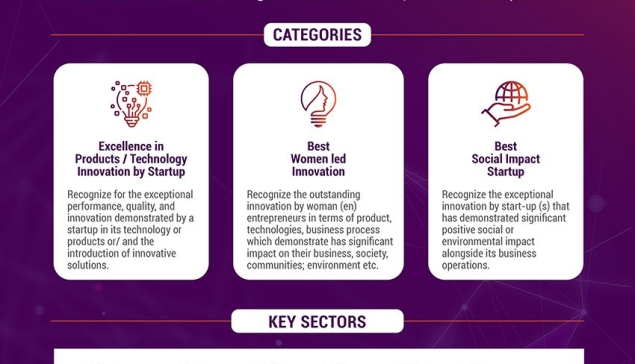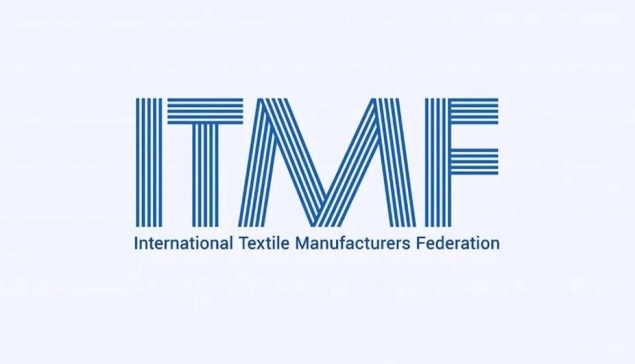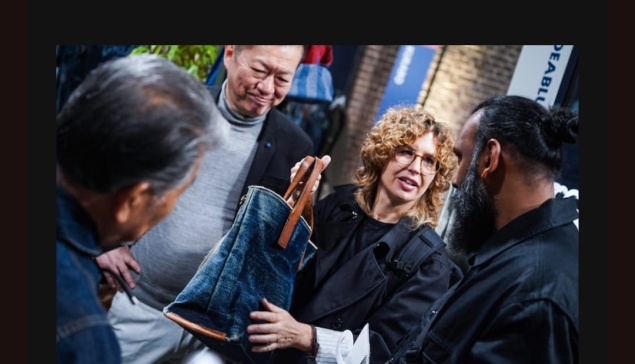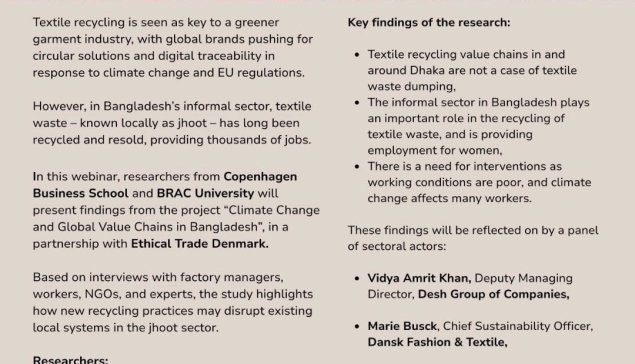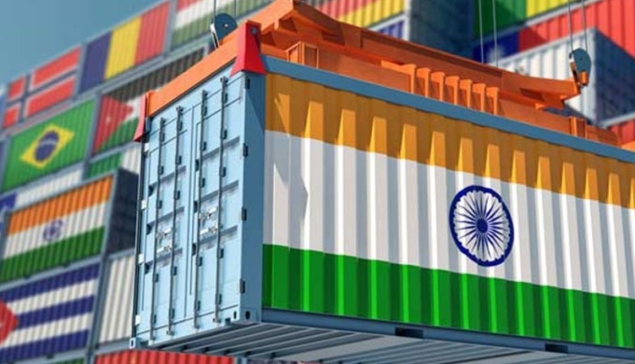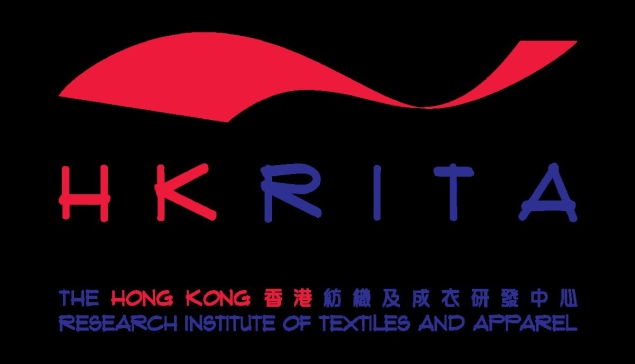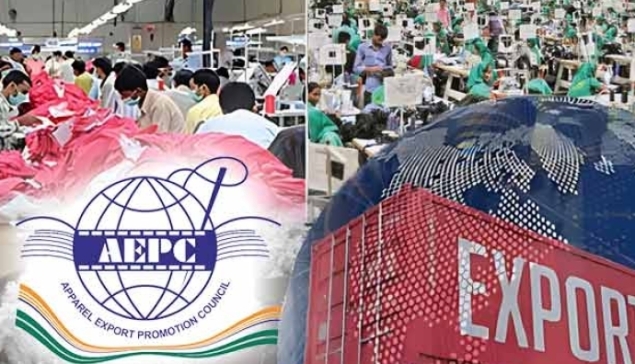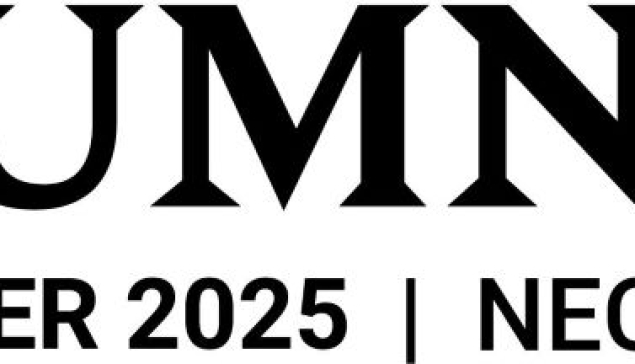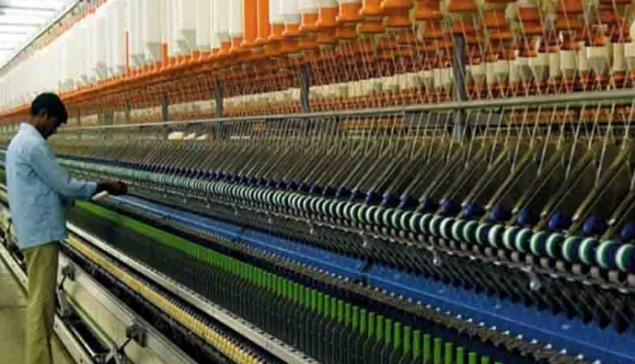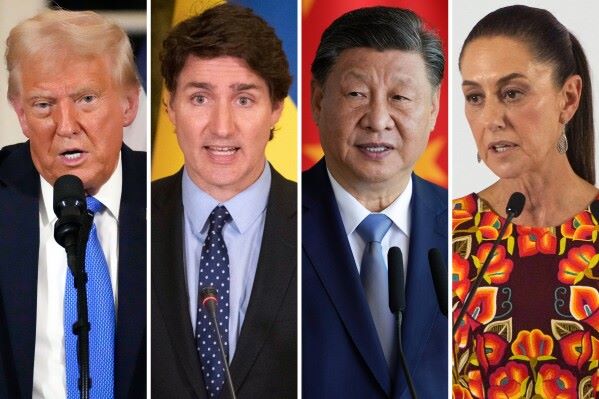Global Textile Supply Chains Undergo Realignment Amid Trade Tensions
The U.S. decision to impose reciprocal tariffs—even with a temporary 90-day pause for nations outside China—has sparked a major reconfiguration of global textile supply chains. The textile sector, known for its complex and globally distributed production networks, is particularly sensitive to disruptions in trade policy. Key textile producers such as China, India, Turkey, and Indonesia are now reevaluating their strategies to adapt to the new trade environment.
China Shifts Focus to Raw Materials
Facing challenges in exporting finished textile products to the U.S., China is refocusing its strategy by increasing exports of raw materials. Southeast Asia has emerged as a critical destination, particularly countries like Vietnam, Bangladesh, and Cambodia. These nations are rapidly expanding their apparel industries and rely heavily on imported yarns and fabrics, much of which originates from China.
Vietnam, for example, has seen consistent growth in textile exports to the U.S., largely fueled by Chinese-sourced inputs. Available data shows a sharp increase in China’s raw material exports to Vietnam in recent years, a trend expected to accelerate further. This approach allows China to remain integral to global supply chains, albeit at an earlier production stage.
Additionally, China is eyeing opportunistically increased trade with African nations that are developing their textile manufacturing capacity. This effort will likely be supported by targeted investments in infrastructure and industry partnerships.
Beyond Africa and Southeast Asia, China is also aiming to strengthen its raw material exports to the European Union, RCEP member countries, and Mexico. Mexico’s geographic proximity to the U.S. makes it a particularly strategic partner in the current environment.
China’s Projected Raw Material Export Realignment: Emerging paradigm
| Region | Current Share (Est.) | Projected Increase | Key Drivers |
|---|---|---|---|
| Southeast Asia | 35% | +15–20% | Rapid garment sector growth, cost advantages |
| RCEP Countries | 20% | +10–15% | Trade agreements, market expansion |
| African Nations | 10% | +5–10% | Rising local manufacturing capabilities |
| European Union | 15% | +5% | Supply chain diversification |
| Mexico | 5% | +10–15% | Proximity to U.S. markets |
Optimistic view: India Poised for Export Growth
Sweet spot: India stands to benefit from the shifting dynamics by enhancing its raw material exports, particularly cotton yarns and fabrics. With a well-established textile base, India is well-positioned to meet increasing demand from the European Union, which is actively seeking alternatives to Chinese suppliers. Similarly, demand is growing in Middle Eastern markets like the UAE and Saudi Arabia.
India is also likely to see rising demand from Mexico and parts of South America, where textile industries are scaling up to serve U.S. retailers. Southeast Asian countries, seeking to reduce dependency on Chinese imports, may also increase procurement from India. Bangladesh, for instance, is already a natural trade partner given India’s proximity and competitive cotton industry.
India’s Emerging Export Markets from Raw Materials Standpoint
| Region | Current Share (Est.) | Projected Increase | Key Drivers |
|---|---|---|---|
| European Union | 20% | +10–15% | Supply diversification, favorable pricing |
| Middle East | 15% | +8–12% | Market growth, regional proximity |
| Mexico/South America | 10% | +5–10% | U.S.-focused textile expansion |
| Southeast Asia | 20% | +3–5% | Market diversification strategies |
Turkey and Indonesia: New normal
Amid global fragmentation, supply chains in Turkey and Indonesia are both adapting to meet increased global demand as companies seek to reduce reliance on Chinese supply chains. Each country has unique strengths but faces the need to modernize its infrastructure and boost its capacity.
Turkey benefits from a fully integrated textile ecosystem, covering the entire value chain from raw materials to final products. Its focus will be on scaling exports of higher value-added fabrics and yarns, especially to the EU and U.S. Regional supply partnerships will also be a priority.
On the other hand, Indonesia is channeling efforts into attracting foreign direct investment (FDI) to modernize its manufacturing base. It aims to boost yarn and fabric output, targeting regional and Middle Eastern markets and nations that have trade agreements with the U.S. As global brands seek lower-cost alternatives to China, Indonesia is strategically positioning itself as a mid-market supplier.
Comparative Analysis: Turkey vs. Indonesia
| Country | Key Focus Areas | Target Markets | Strategic Adjustments |
|---|---|---|---|
| Turkey | Premium yarns and fabrics | EU, U.S., neighboring regions | Investment in technology, stronger regional integration |
| Indonesia | Yarns, fabrics, and FDI attraction | Southeast Asia, Middle East, and U.S. trade partner nations | Infrastructure upgrades, improved manufacturing processes |
Textile Export and Investment Emerging Trends
Turkey’s Textile Exports to EU (in USD billions): A brief overview
| Year | Export Value | Growth Rate |
|---|---|---|
| 2021 | 15.2 | — |
| 2022 | 16.5 | +8.6% |
| 2023 | 17.8 | +7.9% |
Indonesia’s FDI in Textile Sector (in USD millions): A quick glance
| Year | FDI Value | Growth Rate |
|---|---|---|
| 2021 | 450 | — |
| 2022 | 500 | +11.1% |
| 2023 | 560 | +12.0% |
Supply chain global landscape: Cautious optimism
While the 90-day tariff suspension offers temporary relief for some countries, the broader trend toward diversified sourcing and regional supply chains is here to stay. The impact of tariffs will vary based on product categories—raw materials, yarns, and finished textiles will each be affected differently.
Sustainability, ethical sourcing, and nearshoring are also gaining prominence in shaping future strategies. Countries like India, Turkey, and Indonesia are poised to benefit, but only if they can successfully modernize and meet quality and capacity expectations.
Ultimately, global textile supply chains are entering a phase of decentralization, where adaptability and strategic partnerships will determine success.

